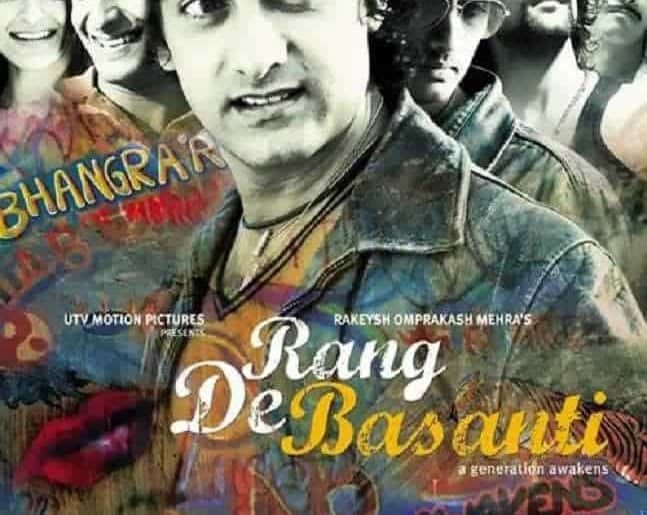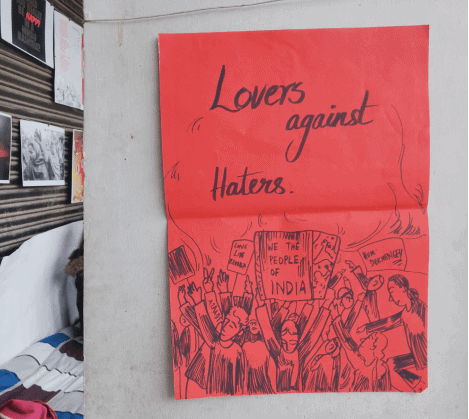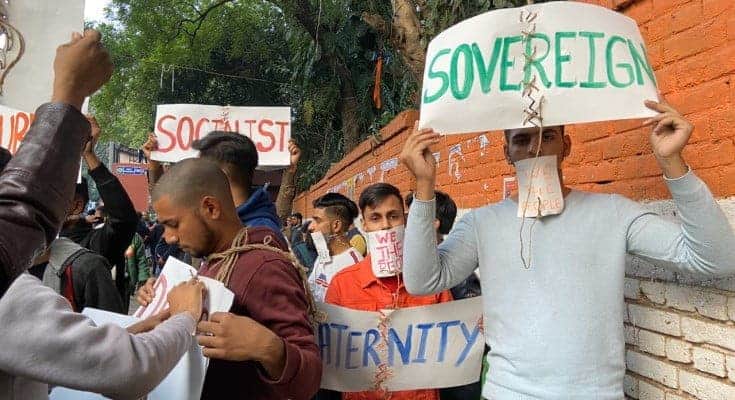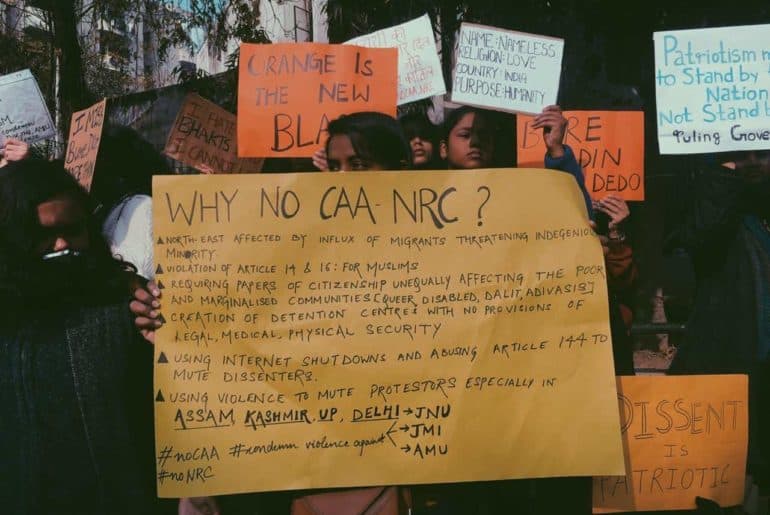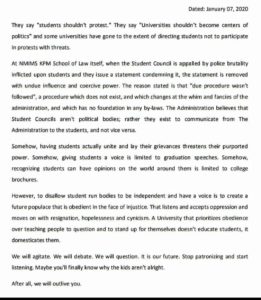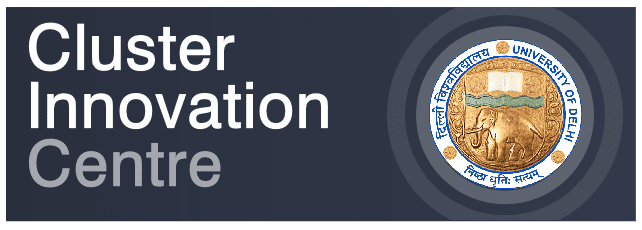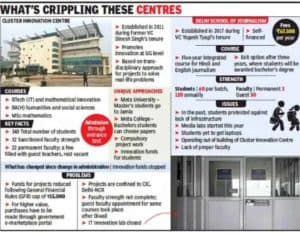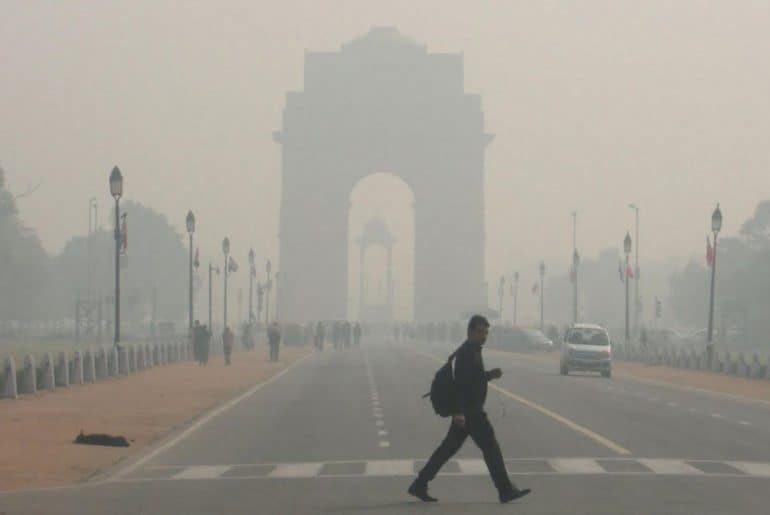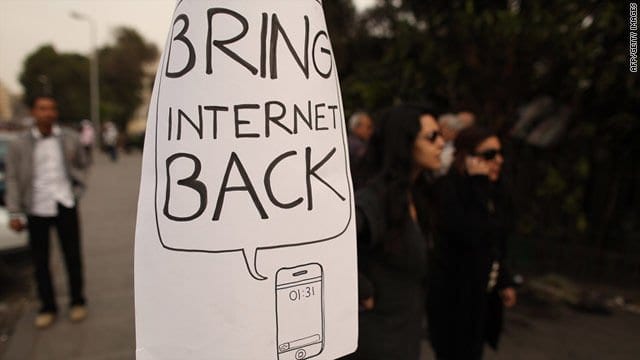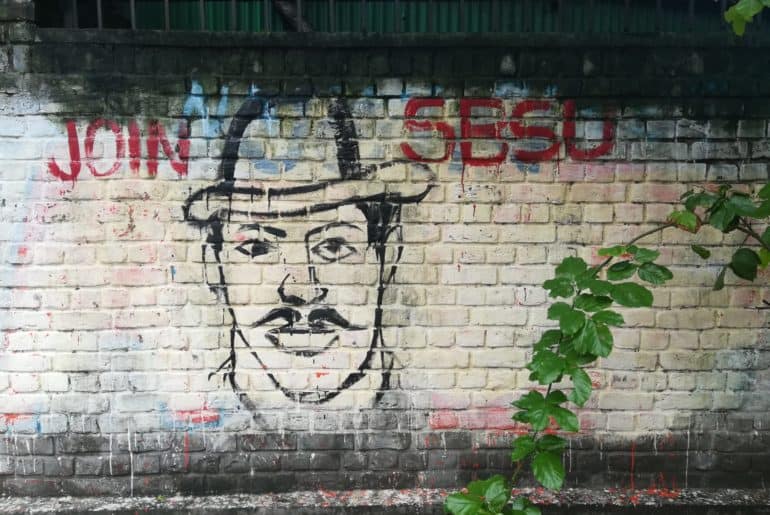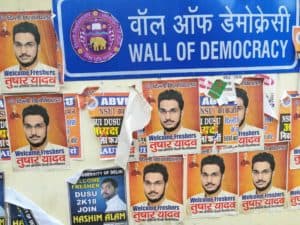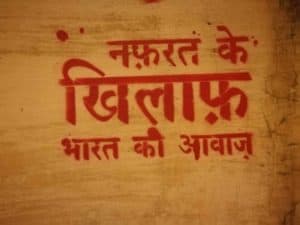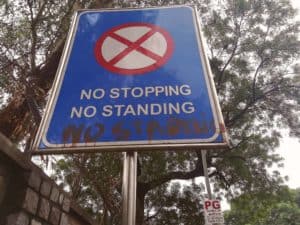‘Ab bhi jiska khoon na khaula, khoon nhi woh paani hai, jo desh ke kaam na aaye, wo bekar jawani hai’, Rang De Basanti has registered itself as the very best form of narration from Bollywood over the past decades but has this tale found itself as the natural stimulus record of youth agitation and neo-patriotism?
When a bunch of young, restless and carefree students from Delhi University rise against the government’s actions, demanding justice and due resignation of a Union Minister who is responsible for the harsh consequences endowed upon their friend and his family, the ensuing repercussions take atrocious turns by the hands of the state. The above mentioned lines forms the premise of the 2006 Republic Day release Rang De Basanti, that celebrated youth and revolution like never before, since the National Freedom Struggle. It was only when these lines from this grand celluloid marvel gained relevance in the stark happenings throughout the nation that Rang De Basanti became the perfect manifestation of the ongoing struggle of students against the government and it’s policies like the Citizenship Amendment Act (CAA) & the National Register of Citizens (NRC).
The popular adage ‘films are the reflections of society’ couldn’t have asked for a better paradigm than Rakeysh Omprakash Mehra’s cult classic Rang De Basanti, that narrates and encapsulates the essence of true patriotism which was in passé in an age of pseudo patriotism and cloud of fraudulence. The film while narrating the tale of the Indian freedom struggle and deeds of our heroes like Bhagat Singh, Chandrashekhar Azad, Ashfaqullah Khan, Ramprasad Bismil, Sukhdev, Rajguru, and Durga Bhabhi, reinstates the essential quest for better and truly free India in a generation of liberalized, west-influenced & apolitical students who have lost hope in the India that the revolutionaries and freedom fighters fought for.
The continually decaying culture of historically informed and culturally envisioned youth which was absolutely unaware of the power it possessed and the influence it can promulgate; the diminishing culture of protests which was either a tale of old books or secluded from the young blood was transformed entirely in the scape of the tale in Rang De Basanti. It didn’t just prove to be a return to a sense of patriotism in the Young’s way but also increased democratic participation and belief in its principles.
From the energetic beats of Rahman, draped craftfully in Prasoon Joshi’s lyrics that gave us the Khoon Chala, Luka Chuppi, Rang De Basanti, or the youth’s anthem Robaroo & Khalbali, these sounds have found a rebirth as songs and poems of revolution in the ongoing protests around the nation. The story of the youth rebelling and leading with reformatory actions are the scene of the current state, where characters as diverse as a passed graduate to a rich brat, a skeptical student, an aspiring poet from humble Muslim background, a dedicated filmmaker, an honest right wing party worker and defense personnel, all get together to save the nation from the abyss, when needed.
The powerful dialogues like ‘Koi bhi desh mahaan nahi hota, use mahaan banana padta hai‘ have registered themselves in the form of posters, placards and pamphlets being passed around. In one scene from the movie where Aslam, played by Kunal Roy Kapoor, is seen designing a wall graffiti with slogans like Inquilab Zindabaad and a pint of pop culture, this has veritably inspired the artists who have crafted their minds out on walls and ways in Universities and other sites of protests.
The candlelight vigil at India Gate, was seen as a thought provoking idea by Mehra, Kamlesh Pandey and Rensil D’Silva, the ensuing instances in the country replicated this on various incidents, be it the Nirbhaya Case Or Jessica Lal Murder Case. Rang De Basanti (RDB) gave the nation a fresh way to protest – by mobilizing the youth. Coincidentally, the ongoing protests have been manhandled by the Police in the same way as the protesters were attacked in the movie when they gathered in support of Flight Lieutenant Ajay Rathod.
The enactment of freedom fighters by our reel life heroes did push them with the enthusiasm and made them aware of the change they can bring about, it wasn’t surprising to see the same cast of RDB with the names of Siddharth, Kunal Kapoor, Soha Ali Khan and Atul Kulkarni being the prominent voices from celebrity domain speaking out against the police actions in Jamia and JNU and backing the protesters.
The movie with it’s iconic climax of a frustrated youth taking on the government and inciting a spark of revolution among them after the heroes turned to alternate ways to seek justice and change saw stills from different universities of the country akin to what we witnessed in the case of the rotests in Jamia, JNU, DU & AMU.
Rang De Basanti leaves us with a very crucial lesson which must be the source of inspiration for each one of us that, ‘Zindagi jeene ke do hi tarike hote hai, ek jo ho raha hai hone do, bardaasht karte jao, ya phir zimmedari uthao usse badalne ki.’
Image Credits : India Times
Faizan Salik

